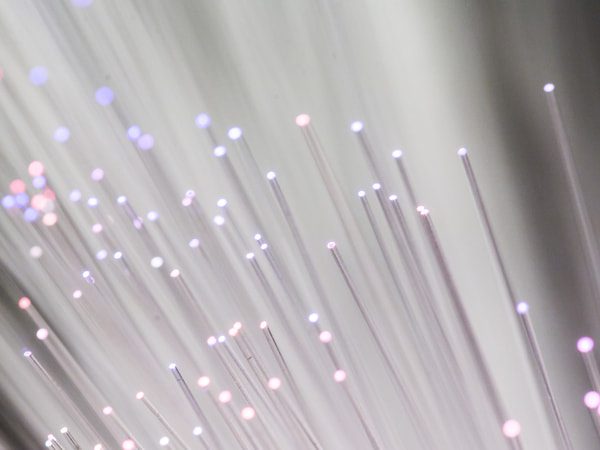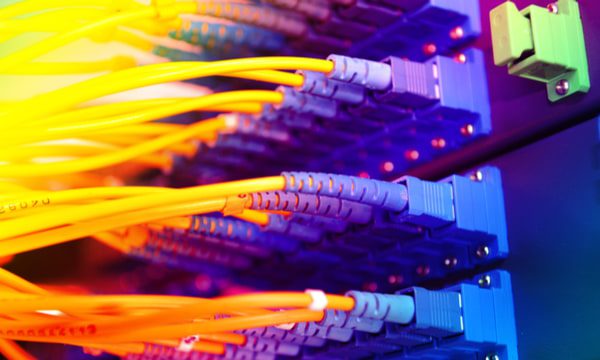Every day, new technologies emerge, and to accompany that we see greater bandwidth usage and network requirements.
Here at OSA we understand that both businesses and consumers demand faster network speed and reliable connectivity. Part of the solution is utilising fibre optic cables in order to meet the needs of advanced technology.
As businesses look to solve these issues, they need to make important decisions about their network infrastructure and that includes whether to use single mode or multimode fibre.
Even though their names would suggest one has higher performance than the other… that’s not actually the case.
 1300 130 423
1300 130 423




